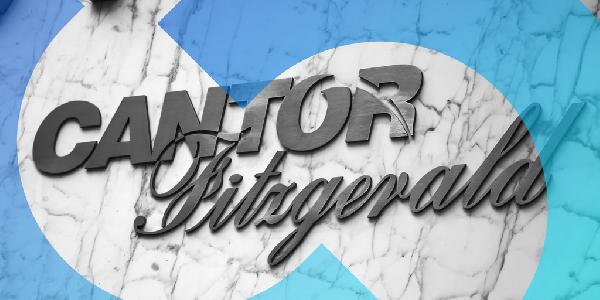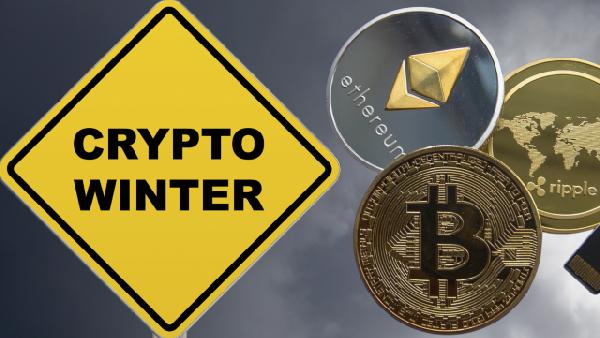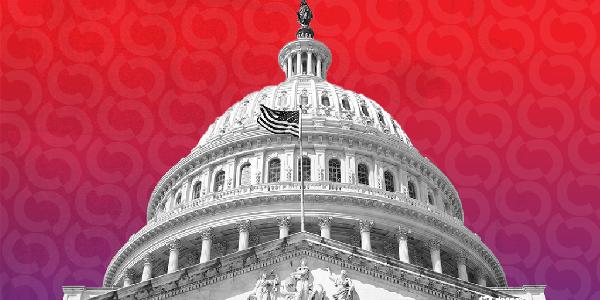XRP is a digital asset designed for fast, low-cost global payments and serves as the native cryptocurrency of the XRP Ledger, a decentralized, open-source blockchain created by Jed McCaleb, Arthur Britto, and David Schwartz.
As of March 2025, XRP is the third largest cryptocurrency by market capitalization, after Bitcoin and Ethereum, according to CoinGecko.
What is XRP?
Launched in 2012 alongside the Ripple Network, XRP has a maximum supply of 100 million coins and reached its last all-time high of $3.40 on January 7, 2018.
Unlike Bitcoin, which acts as a decentralized store of value or digital gold, XRP was developed specifically to facilitate efficient cross-border transactions, particularly for financial institutions and payment providers.
While Ripple (originally Ripple Labs) leverages XRP in some of its payment solutions, and plays a key role in its ecosystem, the XRP Ledger operates independently as a decentralized semi-permissionless network of servers.
How does the XRP blockchain work?
While blockchains like Bitcoin and Ethereum use proof-of-work and proof-of-stake consensus algorithms, respectively, the XRP Ledger utilizes a unique consensus protocol called the Ripple Consensus Algorithm to validate transactions where independent validators agree on transactions.
The Ripple Consensus Algorithm ensures network agreement without proof-of-work or staking. Each node confirms transactions using a Unique Node List (UNL) of trusted validators. In rounds of consensus, nodes propose transaction sets, adjust them based on their UNL’s votes, and finalize those with at least 80 agreement. This prevents fraud while maintaining efficiency.
RPCA achieves Byzantine fault tolerance—resilience against faulty or malicious nodes attempting to disrupt consensus—while maintaining minimal latency, making it ideal for payments. It prevents forks by ensuring all honest nodes reach the same ledger state. With rapid consensus rounds and strict participation rules, XRP delivers a fast, secure, and cost-effective transaction system.
A brief history of XRP
- 2004 – Ryan Fugger develops secure payment service Ripplepay.
- 2011 – Jed McCaleb, Arthur Britto and David Schwartz began work on a new currency system inspired by Bitcoin.
- September 2012 – Jed McCaleb and Chris Larsen merge their idea with Fugger‘s, leading to the creation of OpenCoin.
- July 2013 – McCaleb leaves OpenCoin.
- September 2013 – OpenCoin changes its name to Ripple Labs.
- 2014 – The first bank starts using it to transfer money.
- October 2015 – Ripple Labs rebrands to Ripple.
- December 2016 – Brad Garlinghouse becomes CEO of Ripple.
- December 2017 – XRP briefly becomes the world’s second largest cryptocurrency, with a value of $73 billion.
- September 2020 – The XRPL Foundation is launched.
- December 2020 – SEC vs Ripple: The U.S. Securities and Exchange Commission charges Ripple with selling unregulated securities valued at $1.3 billion via XRP sales.
- July 2023 – A federal judge rules that the XRP token is not a security, except in the case of sales to raise funds from institutions.
- January 2025 – The SEC appeals the July 2023 ruling regarding XRP sales to retail investors.
- March 2025 – The SEC drops its appeal against Ripple Labs, according to CEO Brad Garlinghouse.
The SEC vs Ripple
On December 22, 2020, the U.S. Securities and Exchange Commission filed a lawsuit against Ripple Labs and two of its executives, alleging that they had raised over $1.3 billion through an unregistered securities offering by selling XRP.
In July 2023, a federal judge ruled that XRP was not a security when sold to the general public on digital-asset exchanges, though sales to institutional investors were deemed unregistered securities transactions.
“The SEC has not established that Ripple’s failure to register the institutional sales caused substantial losses (or the risk thereof) to investors,” U.S. District Judge Analisa Torres wrote at the time.
Following this, in August 2024, Ripple was ordered to pay a $125 million fine for violating investor protection laws, a significantly lower amount than the nearly $2 billion initially sought by the SEC.
“This is a victory for Ripple, the industry and the rule of law,” Ripple CEO Brad Garlinghouse tweeted at the time. “The SEC’s headwinds against the whole of the XRP community are gone.”
In October 2024, Ripple filed a cross-appeal in the U.S. Court of Appeals for the Second Circuit, contesting several elements of the ruling in its battle with the SEC.
Despite the partial ruling in Ripple’s favor, in January 2025, the SEC formally moved forward with its appeal, contesting the 2023 ruling that had dismissed key claims against Ripple.
In March 2025, Ripple Labs CEO Brad Garlinghouse announced that the SEC would drop its appeal, pending a vote by the Commission.
In a video posted to his X account (formerly known as Twitter), Garlinghouse hailed a "long-overdue surrender" by the agency, accusing it of having "wiped out $15 billion of value from innocent XRP holders" in pursuing its case against Ripple Labs.










